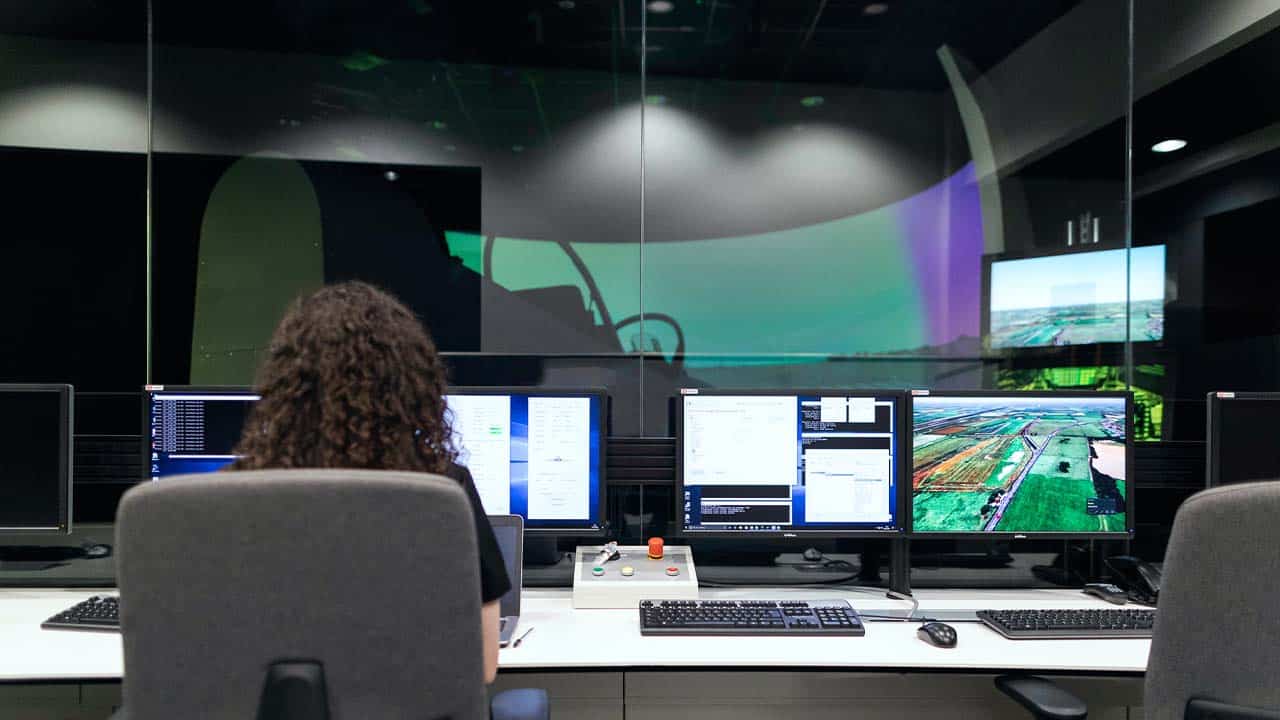According to estimates from the Ministry of Information Technology and Telecommunication (MoITT), the GDP share of the digital and information technology (IT) sectors would rise to 13 per cent by 2025 as a result of the rapid growth of the digital economy over the next five years.
MoITT’s offical documents reveal that the size of the digital economy will significantly increase over the next five years as Pakistan’s adoption of digital technology expands. In the upcoming years, the GDP’s share of the digital economy will increase, according to Brecorder.
While the GDP contribution of the digital and IT sectors will rise from 2.7 per cent to 13 per cent, the GDP contribution of the Information and Communication Technology (ICT) core industry will rise from 1.2 per cent to 8.15 per cent.
According to the data that is currently available, Pakistan’s digital economy is measured in two ways, i.e. The key industries of ICT, digital technology, and IT. The ICT core industry’s share of the global GDP in 2019 was 1.2 per cent. The IT and telecom industry in Pakistan makes about 2.7 per cent of the country’s GDP.
Modern ICTs have the ability to accelerate social and economic growth, and this promise will be further realised with the maturation of four enabling technologies: IoT, cloud computing, big data analytics, and AI.
The cornerstone for nations to build a digital economy and improve their overall economic competitiveness and well-being is ICT infrastructure and services. They can support sustainable cities and communities by lowering poverty and hunger, improving health, generating new jobs, reducing climate change, and enhancing energy efficiency.
In low- and middle-income nations, mobile remains the main method by which many users access the internet (LMICs). The Information Technology University (ITU) estimates that 87 per cent of broadband connections in developing nations occurred through mobile devices in 2019. Mobile networks and devices are propelling economic growth by connecting consumers and businesses and delivering public and commercial e-services across a range of industries.
According to the report, Pakistan’s mobile ecosystem is becoming more and more crucial to the country’s economic development due to its direct impact on GDP and the productivity and efficiency benefits it fosters in a variety of economic sectors.
The majority of nations currently use 4G as the cornerstone of mobile broadband, and this number is continually increasing. The switch from 4G to 5G is happening at the same time all across the world.
In 2019, 4G connections made up more than 50 per cent of all mobile connections worldwide for the first time, according to the most recent GSMA research. In low and middle-income countries (LMICs), 4G covered 82 per cent of the population compared to 90 per cent for 3G. Compared to 10 years for 3G, LMICs took about seven years to reach more than 80 per cent coverage for 4G.







